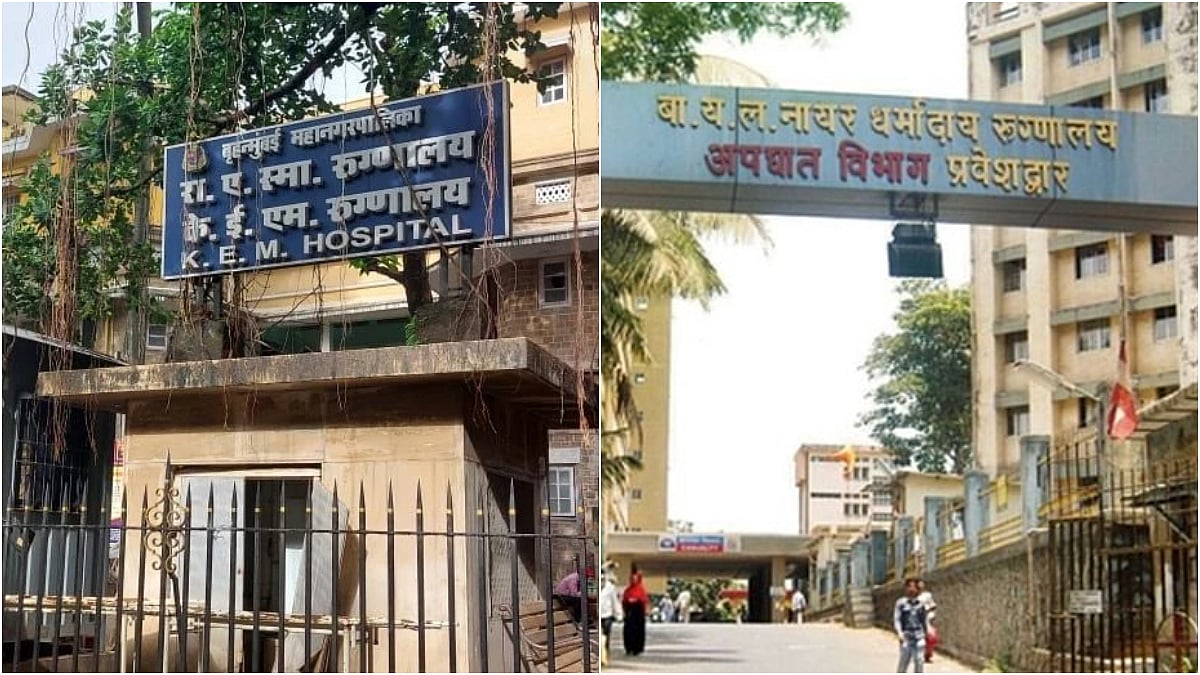Summer is here, and so are the chances for suffering a heat stroke, also known as sunstroke, especially when the weather person tells us that this year may be hotter than normal thanks to newer weather patterns that the world is experiencing. Heat stroke is a serious form of physical injury and should be treated as a medical emergency.
There are two types of heat stroke: Mild and severe.
Symptoms for mild heat stroke are: Muscle cramps and weakness, coarse breathing, excessive sweating, dry mouth, great thirst accompanied by mild headache and dizziness.
Symptoms for severe heat stroke are high body temperature (above 104°F/40°C), hot and dry skin (no sweating), rapid pulse, throbbing headache, dizziness, nausea, confusion, and unconsciousness.
If you suspect that someone has heat stroke, call the emergency services in your city immediately, and if possible, administer first aid. The simplest form being:
Immediately move the person to a cool, shaded area
Loosen clothing, and apply cool water or ice packs to the skin
Encourage sipping water if conscious, but do not give fluids if unconscious
Do not use ice for older patients, young children, patients with chronic illness, or anyone whose heat stroke occurred without vigorous exercise. Doing so can be dangerous. Workers at the hospital will rehydrate the person and replace electrolytes through an IV.
Other strategies for preventing heat stroke include:
Monitoring the color of your urine. Darker urine is a sign of dehydration. Be sure to drink enough fluids to maintain very light-colored urine.
Measuring your weight before and after physical activity. Monitoring lost water weight can help you determine how much fluid you need to drink.
Avoid fluids containing caffeine or alcohol, because both substances can make you lose more fluids and worsen heat-related illness. Also, do not take salt tablets unless your doctor has told you to do so. The easiest and safest way to replace salt and other electrolytes during heat waves is to drink sports beverages or fruit juice. However, be careful while increasing liquid intake if you have epilepsy or heart, kidney, or liver disease; are on fluid-restricted diets; or have a problem with fluid retention.
Treatment

According to research done by the Acupressure Research Training and Treatment Institute – Prayagraj the prevention for heat stroke is to apply green colour below the nail on the ring, middle, index and thumb of left hand. The treatment for heat stroke is to draw line with green colour sketch pen around the periphery of the nail of the thumb of the left hand (see figure).
(For more treatments, visit the website artofselfhealing.in)












